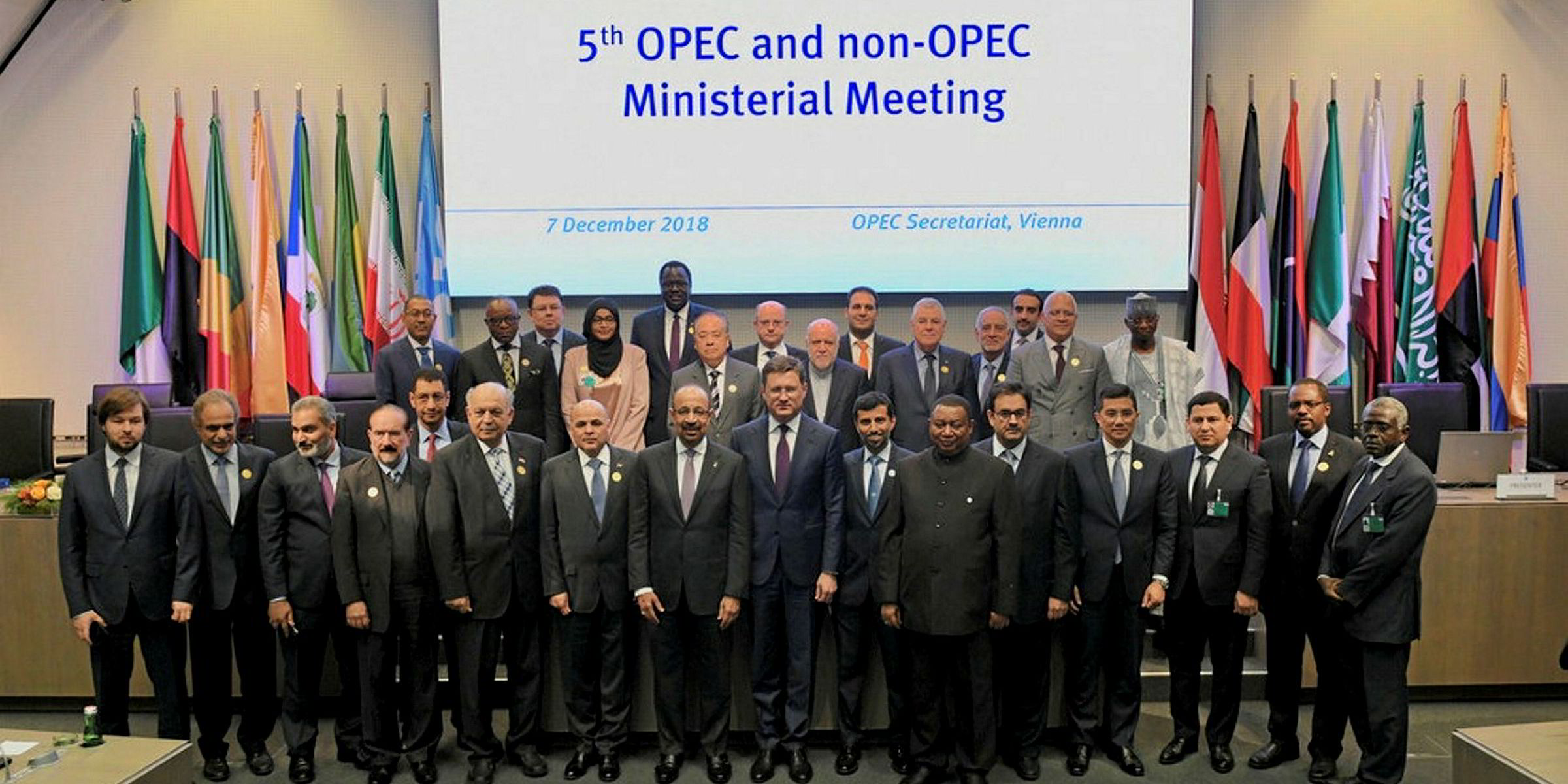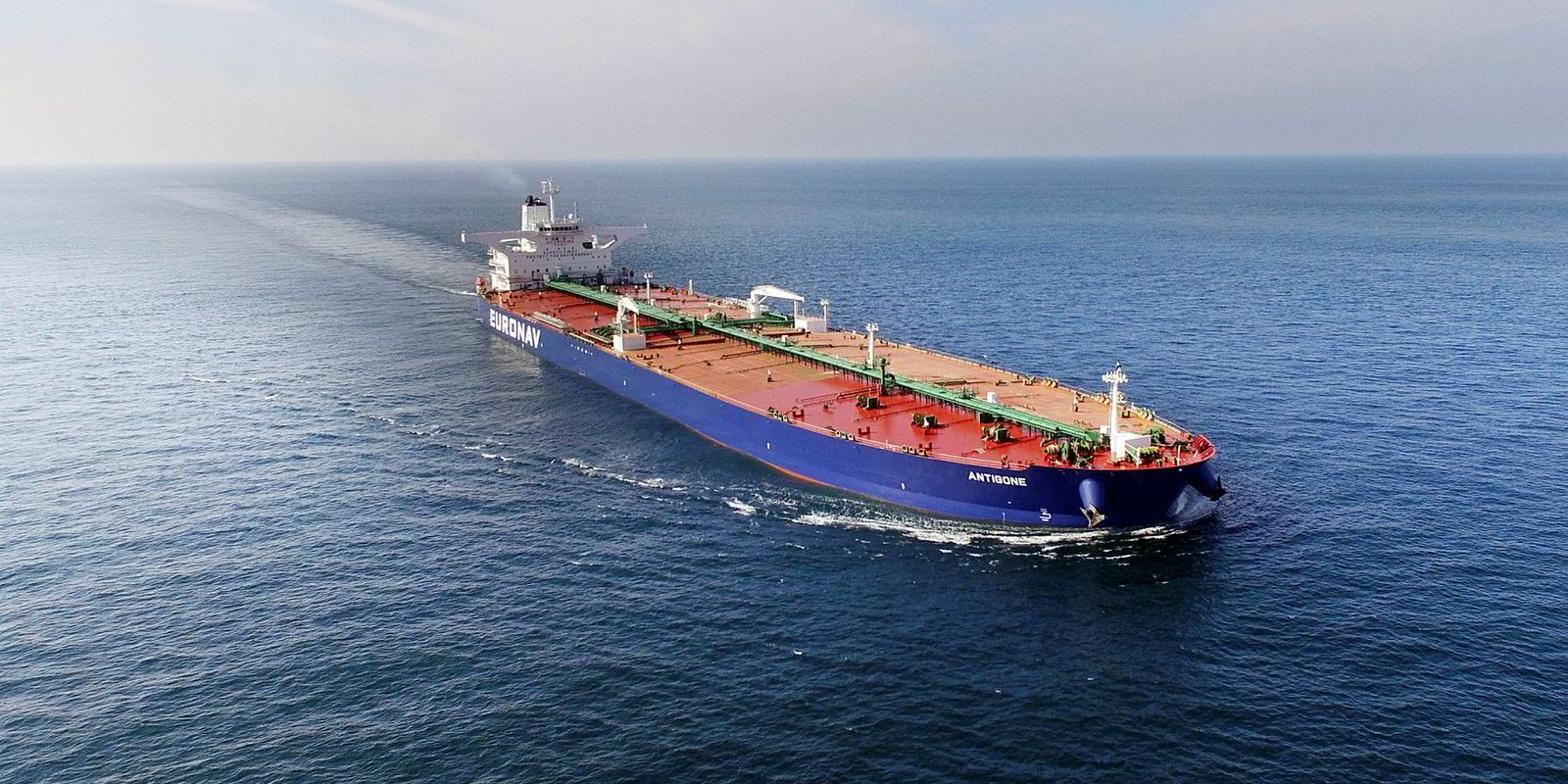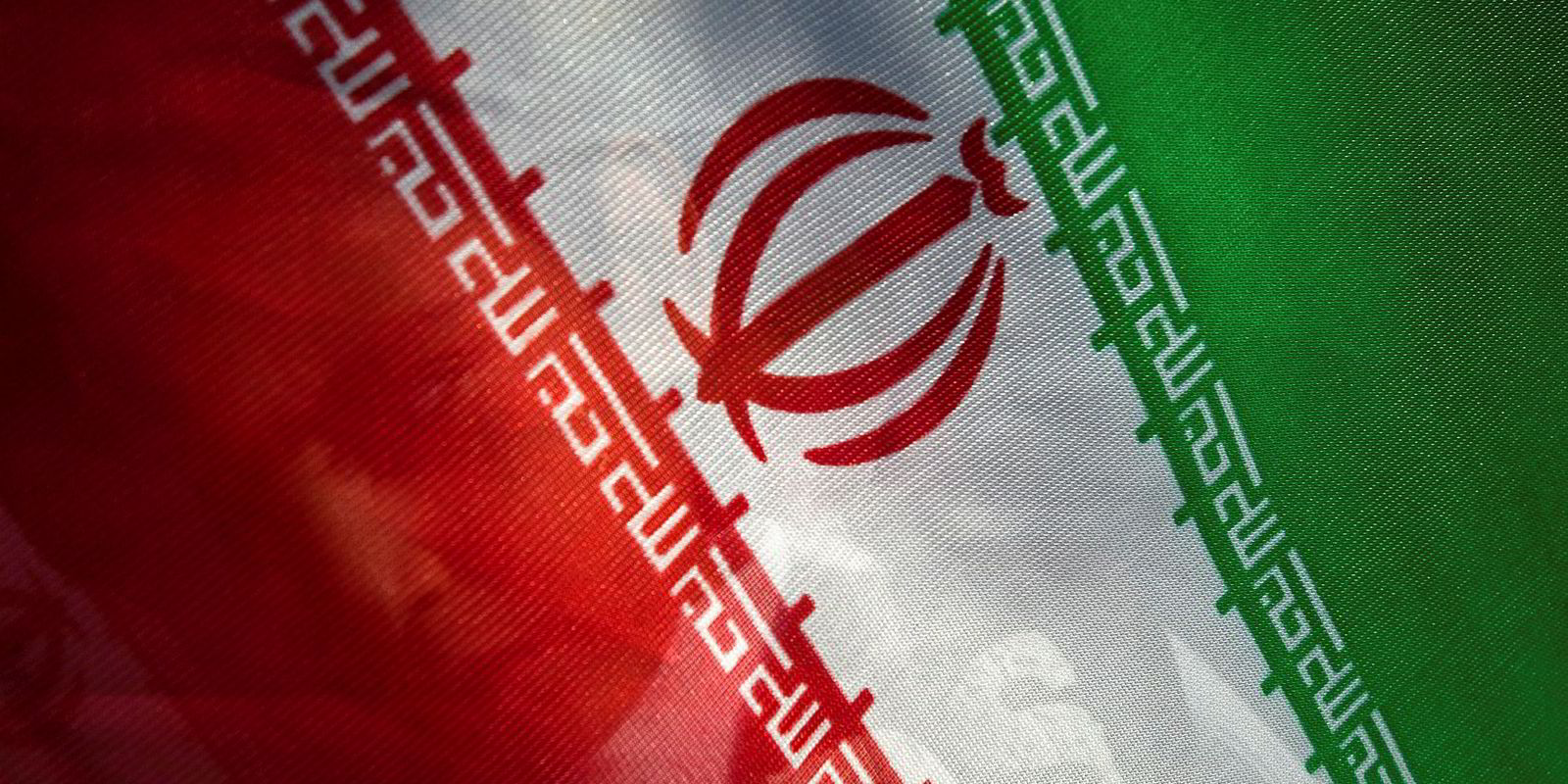Production cuts by Opec and its Russian-led allies — a combined group of oil producers known as Opec+ — could slow the recovery in crude tanker markets but might not derail it.
While some experts warn that the supply cuts, coupled with a heavy newbuilding delivery schedule, will probably create strong headwinds for tanker earnings in the coming months, many suggest rising US exports, healthy oil demand growth and the IMO 2020 rules will support market strength from the second half of 2019.
What is expected to be hit hardest in the short run, though, is the benchmark Middle Eastern VLCC trade, as Saudi Arabia has promised significant output reduction in the coming weeks.
After raising production to counter falling Venezuelan output and the US sanctions against Iran since July, the Opec+ countries agreed at this month’s meeting in Vienna to reduce supply by 1.2 million barrels per day (bpd) from October levels between January and June 2019 to avoid a glut.
Saudi Arabia, whose hike in crude exports triggered a strong recovery in tanker rates earlier this quarter, will shoulder the brunt of the cuts. Reuters reports the oil production giant plans to reduce exports by one million bpd from the November level to 7.3 million bpd in January.
With Kuwait and the United Arab Emirates expected to join the Saudis in the reduction efforts, BTIG estimates the overall number of VLCC fixtures out of the Arabian Gulf could be down by 15 per month.
“Rates will come down in the near term,” Pareto Securities says in a note.
Moreover, Poten & Partners points out that some of the nine VLCC newbuildings due this year will “undoubtedly” slip into next year, when 61 VLCCs are already scheduled. “With the planned cut in production, we think it is prudent to be relatively cautious about tanker rates in 2019,” the brokerage says.
The previous supply cut by Opec+, amounting to 1.8 million bpd nominally, was in force between January 2017 and June 2018. That, combined with large newbuilding tonnage, led to quarters of depressed tanker earnings.
Owners confident on earnings
Still, many tanker owners seem confident that history will not repeat itself. Recent comments from International Seaways and DHT Holdings suggest they reckon earnings prospects will remain bright next year despite the latest cut.
If Opec cuts production ... it will lose market share in Asia, and long-haul trade from the US will support tonne-mile demand for tankers
Many analysts have echoed a similar view, citing factors supporting supply-demand fundamentals.
The Opec+ producers are scheduled to review their decision in April, paving the way to ramp up output again if Iran is forced to reduce crude exports further when Washington’s waivers on sanctions expire.
Also, the Energy Information Administration expects US crude production to rise to 12.1 million bpd in 2019 from 10.9 million bpd this year. With more than two million bpd in pipeline capacity coming online next year, based on figures by Clarksons Platou Securities, US oil exports are expected to grow significantly with infrastructure bottlenecks solved.
“If Opec cuts production ... it will lose market share in Asia, and long-haul trade from the US will support tonne-mile demand for tankers,” Drewry’s lead tanker analyst, Rajesh Verma, told TradeWinds.
Underpinning vessel demand will be the robust global oil demand growth, which, according to the International Energy Agency, will accelerate to 1.4 million bpd next year from 1.3 million bpd in 2018.
Crude stocks in OECD countries were 30 million barrels below their five-year average at the end of September, compared with 216 million barrels above average at the end of 2016, suggesting room for more stocking and cross-regional trades.
“This time, things are relatively positive for crude tankers once all fundamentals are considered,” said George Los, head of tanker research at shipbroker Charles R Weber.
In addition, the IMO’s new bunker rules — which will force most tankers to consume 0.5%-sulphur fuel instead of high-sulphur fuel oil (HSFO) from 2020 unless they have scrubbers onboard — are expected to support tanker markets in various ways.
More vessels will head to dry dock next year for scrubber installation, which takes 10 to 30 days, depending on which survey the work coincides with, according to Braemar ACM.
To optimise production for IMO 2020, global refineries are expected to raise crude intake in the second half of next year, in many occasions sourcing sweeter crude from farther afield. And onshore facilities may be insufficient to store surpluses of HSFO, demand for which is expected to collapse in 2020.
“Refineries will of course seek to enhance ... output as much as possible ahead of the new regulations,” Pareto says. “Additional IMO 2020-driven demand is likely to come from floating storage.”








